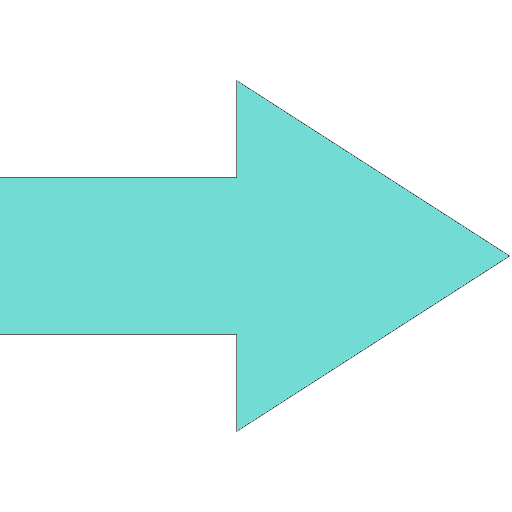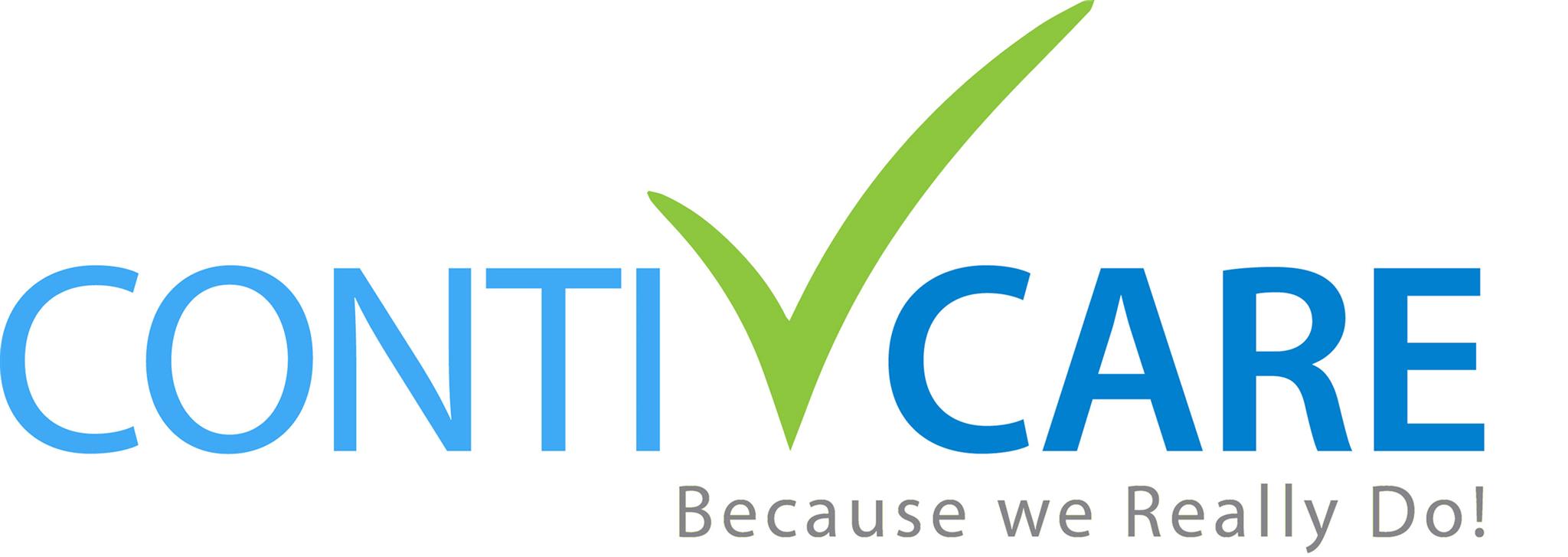
Nappy Goo Nappy Rash Cream 100g
Product Description
Nappy Goo should be applied at every nappy change to help prevent, manage and treat nappy rash. Ensure your baby’s bottom is clean before applying a layer of Nappy Goo cream to the nappy area with each nappy change, as required. The cream does not need to be completely removed during nappy changes.
Nappy Goo ingredients
The key ingredients in Nappy Goo cream are:
Zinc oxide provides a soothing and protective barrier on top of the skin that protects the skin from moisture and irritants.
Hamamelis water, also known as witch hazel water, has gentle astringent properties that help to reduce fluid loss from the skin.
Melaleuca oil, also known as tea tree oil, has mild antiseptic properties.
Other ingredients in Nappy Goo cream are calcium hydroxide, oleic acid, olive oil, purified water and wool fat (lanolin).
Product Features
About nappy rash
Nappy rash is irritation of the skin surrounding the ‘nappy area’. It can be quite sore and uncomfortable for your baby or toddler, especially when urine or faeces come into contact with the affected area. It is a common problem in babies and toddlers who wear nappies, but is usually not a sign of anything serious.
Signs and symptoms of nappy rash
If your baby has nappy rash, the skin under the nappy will look red and inflamed and can sometimes be spotty in appearance, particularly near the edges of the rash. The folds of the skin are not usually affected. The skin may blister and peel, leaving raw patches. Your baby may be unusually irritable or unsettled as nappy rash can be quite sore and uncomfortable, especially when urine comes into contact with the rash. If mild nappy rash is left untreated, it can develop into something more serious, such as a yeast or bacterial skin infection.
Causes of nappy rash
Nappy rash starts with an impairment of the skin’s natural barrier function from being covered by a nappy. Prolonged exposure to moisture is the main factor contributing to nappy rash. The longer the nappy is wet or dirty, the greater the risk of developing nappy rash. Factors that may contribute to the development of nappy rash, include:
• Friction with the nappy on soft skin
• Exposure to urine and faeces
• Infrequent nappy changes
• Change in diet
• Diarrhoea
• Antibiotic therapy
• Use of irritating cleansing agents such as soap and detergents
• Cloth nappies and plastic pants
• Existing skin conditions and sensitive skin
How to prevent and treat nappy rash
It is important to remember that nappy rash is a common condition and that most babies will experience nappy rash at some stage, no matter how well they are looked after. If nappy rash does occur, it can usually be treated easily and effectively, however it is always better to prevent nappy rash from developing.
A few things you can do to help prevent and treat nappy rash:
• Apply a layer of barrier cream, such as Nappy Goo, at each nappy change to prevent moisture and irritants from reaching the skin.
• A good quality disposable nappy will ensure the moisture is absorbed quickly and the skin is kept dry. Nappy rash is less common with disposable nappies compared with cloth nappies.
• Frequent nappy changes to reduce the amount of time that urine and faeces are in contact with the skin. Change the nappy immediately after a poo.
• Reduce the use of baby wipes as these can be irritating to the skin. Use cotton wool or a soft cloth dampened with luke-warm water. If baby wipes are necessary, use good quality wipes that are free from perfume and alcohol.
• Use a soap alternative, such as soap free bath oil or wash, to reduce further irritation to the affected area. Gently clean the skin. Avoid excessive cleaning as this can irritate the skin and make the nappy rash worse.
• Allow baby to have as much ‘nappy free’ time as practical.
• If the rash does not respond to treatment with Nappy Goo, see your local doctor.




